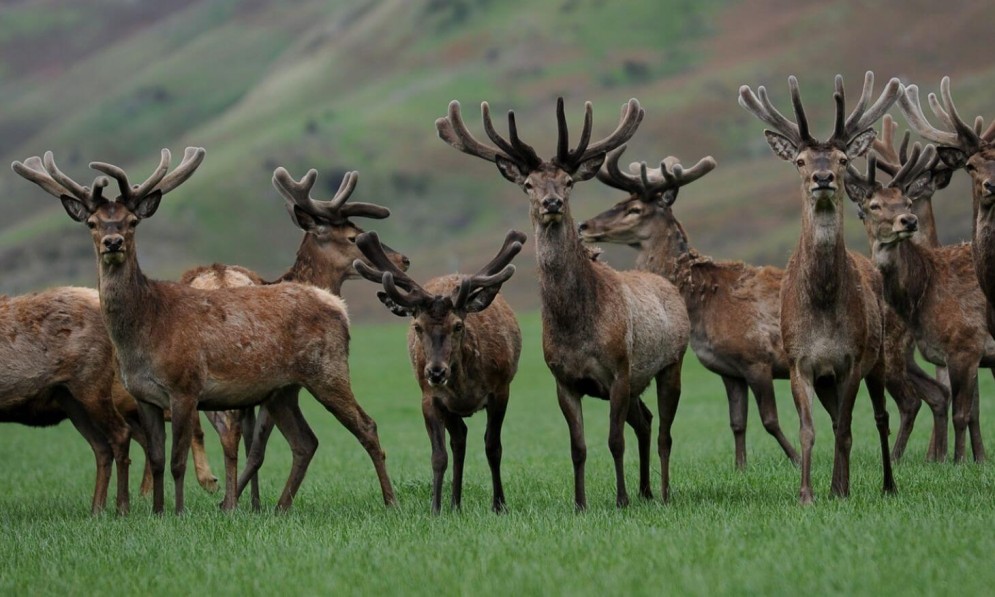Deer farming

The large scale commercial farming of deer started in New Zealand, and New Zealand remains the world's largest and most advanced deer farming industry.
Deer are not native to New Zealand. The first deer were brought to New Zealand from England and Scotland for sport in the mid-late 19th century, and released mainly in the Southern Alps and foothills. The environment proved ideal and wild populations grew uncontrolled. By the middle of the 20th century, wild deer were regarded as a pest because of their impact on the environment and native forests.
The export of venison from wild deer started in the 1960s, turning a pest into an export earner. Industry pioneers saw an opportunity to build on this base and in the early 1970s started capturing live deer from the wild and farming them. A new industry was born and rapidly spread throughout New Zealand.
With the introduction of professional farming systems and the first deer licenced issued in the 1970s, New Zealand farmers recognised a further business opportunity for velvet. Systems were quickly established to ensure humane removal of velvet, which later became the now widely respected National Velvet Standards Body. Today, New Zealand farms around one million deer on around 2000 farms. The New Zealand deer industry contributes around $275m towards the country's export receipts.
